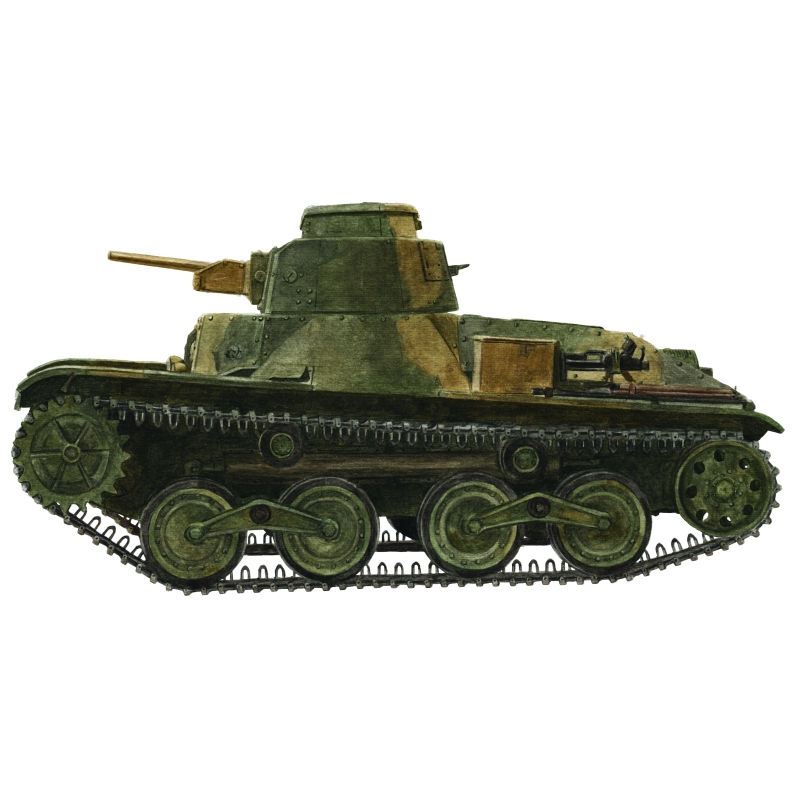Hours
OPEN: Wednesdays through Sundays
9:30 a.m. to 5 p.m.
CLOSED: Mondays and Tuesdays.
The Canteen (restaurant) hours:
11 a.m - 5 p.m. every day the Museum is open. NOTE: The Museum will be open every day (except July 4) beginning May 22, 2024.
Admission
Purchase tickets by clicking here.
Adults & Seniors: $15
Youth: 8-17: $10
Kids: 7 & Under: Free
U.S. Military Veterans/Active Duty: Free

